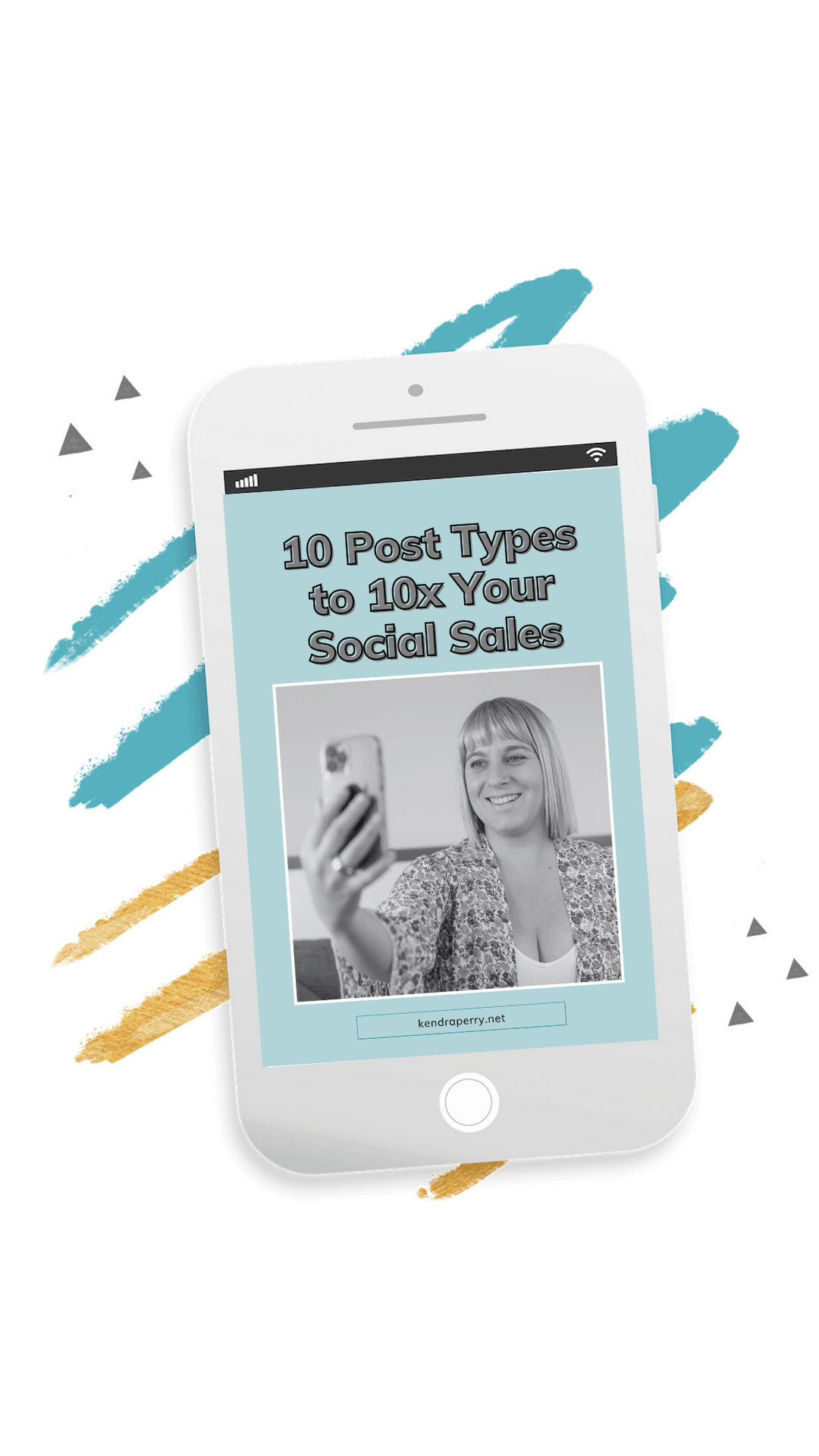Are you pulling your hair out trying to figure out what to charge for your program?
If you price too low, you will fast track yourself into burnout and bankruptcy. But if you price too high, will you turn away potential clients?
Right now is a difficult time when it comes to pricing. There are many people out of work right now and many people are worried about money. That said, there are still a lot of people that are doing extremely well right now and need our help as health coaches!
So what is the perfect price for your program?
First off, don’t price your program based on:
- Your competition’s pricing
- The amount of hours/days/weeks/months it takes to complete your program
- An hourly rate
- What you assume your clients can or can’t afford
- A random fucking number in your head
So what do you need to consider to price your program appropriately?
I’m dishing out the sweet deets in today’s Wealthy Coach Podcast!
LISTEN TO THE EPISODE
Everyone is going to have a different perception of what they should be charging for their services. A lot of us are afraid that if we charge higher for what we’re offering, that people aren’t going to pay for it. I get it. I have been there and I have struggled with this mindset too. That’s why I’m going to give you my third step in my Wealthy Coach Framework, which is my framework that teaches coaches to be wealthy AF.
Here is why your pricing is leaving you broke…..
Making up a number
First off, many coaches just pull their pricing out of their ass. And this is not the way to do it. They’re not actually taking into account all the things that you need to take into account when you create something.
When you just make up your pricing, it’s either going to be underpriced or overpriced, and it’s not going to work for you.
Assuming what your client can afford
What your clients can or can’t afford is none of your business. You have no idea what is going on in anyone’s bank account, besides your own. When you assume what your potential client can and can’t afford, you are judging them and you are doing them a disservice.
Pricing based off the length of your program
The fact that your program has more video hours, doesn’t make it more valuable. Longer doesn’t equal more valuable. I would say shorter actually equals more valuable because the truth is, your clients are signing up for your program because they want to get a result quickly.
What makes it valuable is the result or the outcome that you are getting for them. If you can get them in their results in three months, that’s way more valuable than a six month program.
Pricing based on competition
Looking at what your competition charges, and then taking that on as your own price is not the way to go. Everyone is going to charge differently based on a lot of different things. The results when people price this way is typically they’re underpricing, and this may make your program look cheap and people won’t necessarily buy it.
Want to know the ways you actually need to price your program? Get my quick tips on pricing your health coaching programs here.
Figure out how much money you need to make each month
Open up a Google doc, and figure out your expenses, both personal and business, on a monthly basis.
This includes:
- VA and/or outsourcing costs
- subscriptions for softwares, platforms and website
- other business expenses
- person costs like rent, insurance, gas, groceries, taxes etc.
Once you’ve got that figured out, try to figure out how much extra that you would like on top of that. How much money do you want to save for the future?
Remember, as a business owner you don’t have a pension, so you have to put away money for your retirement as well. So figure out that and then figure out what extras you want, like a gym or yoga membership, travel, etc.
Get used to looking at our money on a regular basis
Every month I look at the bookkeeping report and figure out what am I spending on money vs what I am bringing in. The monthly audit looks at what platforms am I currently paying for that I don’t need
Create your program
Once you have your money all sorted out, it’s time to create your program! When you create your program, you have to look at every minute detail that your program is going to include, from client support (how often and what kind of support) to who will run tests and do administrative tasks.
How many hours of your time will be required
You need to consider how many hours you’re going to commit for each individual client. Or if you’re doing a group program, how many hours of your time will you commit monthly? Then figure out how many hours you need to commit to other things in your business. So you cannot be taking clients Monday to Friday because you need to do other things in your business, like admin stuff, creating content, marketing, sales calls, etc.
You can use a tracking app like Toggl to track your time and how long it takes you to do each task. It’s also a great thing to have for when you hire a VA or outsource because you know how long something should take to complete. But it’ll just give you a really good idea of how many days logically you can be taking clients.
Now comes the math
This is a quick formula that I give people who are stuck with a pricing their program. First you need to determine what you want to be paid hourly and this is not to be disclosed with anyone. Then you’re going to figure out how much time are you in session with your client. Next, figure out how many hours you spend behind the scene per client. This includes email support, interpreting test results, onboarding new clients, prepping for a session, etc. If you have a VA helping with this, how much time are they spending on it and how much are you paying the VA? Consider any welcome gifts they might receive upon being onboarded (lab tests, gift, etc.). Then write down all costs for software and platforms you use to work with a client.
Now, take your hourly rate and times it by the amount of hours with client and behind the scenes. Then add on the extras. BAM! That is your program price!
But now what you want to determine is does this make sense based on everything we talked about before. Look at the amount of money you need to make each month and the amount of clients that is feasible and does that amount line up. If it doesn’t, you need to raise your hourly rate.
You should be raising your price with the more clients and experience you have, because you’re actually raising the value of what you’re offering as a more well versed practitioner.






